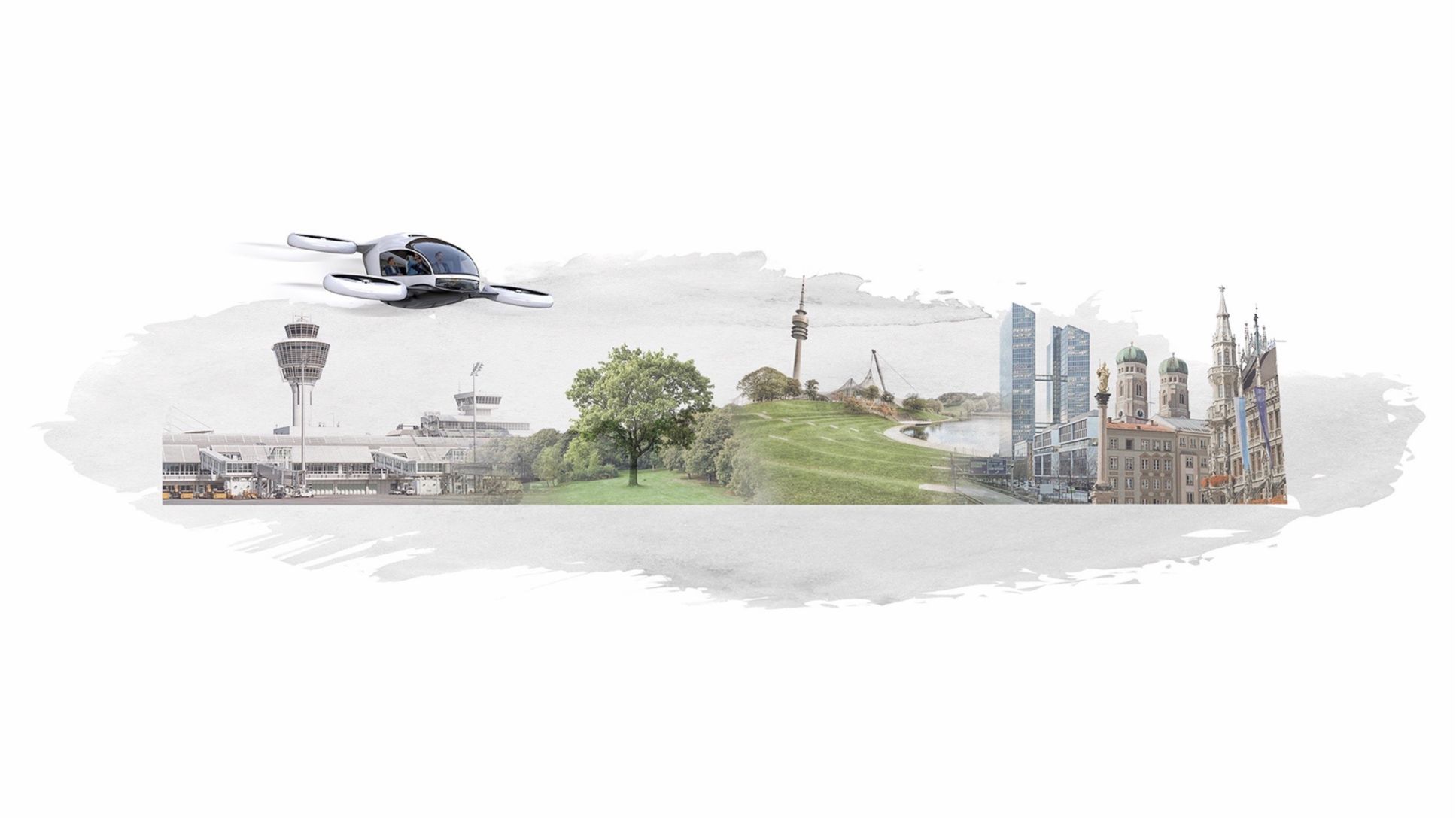In 1490 Italian artist and engineer Leonardo da Vinci (1452-1519) sketched an aircraft featuring an aerial screw, which was a precursor to modern helicopters. Lacking lightweight, stable materials and a sufficiently powerful means of propulsion, da Vinci was not able to put his invention into practice. It was not until much later, in 1901, that the first helicopter rose into the air above Berlin. Vertical mobility, which includes vertical take-off and landing abilities, was launched.
Today, more than a century later, rotorcraft machines are acquiring entirely new significance. As small-scale, versatile drones, they can be important links between different modes of connected, future-oriented transportation—whether as four-seat taxis, as delivery vehicles for goods and materials, or for inspection purposes.
Why are small aircraft of this type attracting serious attention? The aviation industry has undergone enormous development. Wide-body planes can carry as many as 850 passengers. Flying throughout the world is a routine practice. But only now are future-oriented technologies making it possible for short-distance connections to utilize air space, especially above large cities.
Environmentally friendly electric propulsion systems, high-performance batteries with extremely short charging times, minimal spatial requirements for take-off and landing, high-speed computers, and big data have laid the foundations for revolutionary new applications. We are entering an era in which everyone will be able to operate aircraft. Even without a pilot’s license. Automation and remote control will make this possible. In their role as pilots, passengers need do little more than select a destination.
The new study “The Future of Vertical Mobility” from the Porsche Consulting management consultancy provides a thorough and wide-ranging analysis of the feasibility of vertical mobility.




